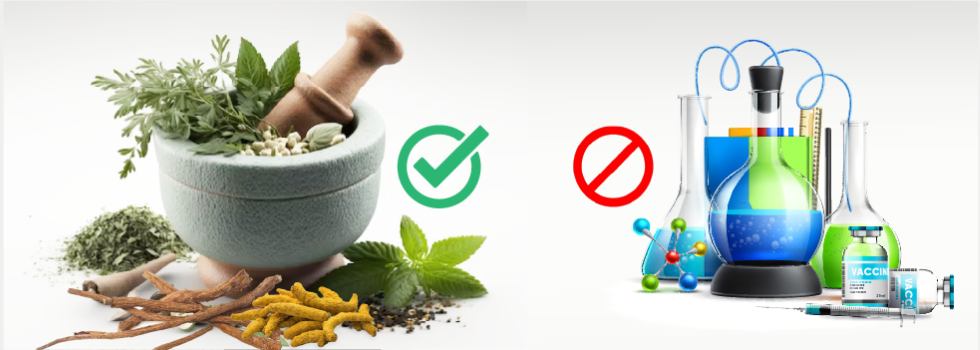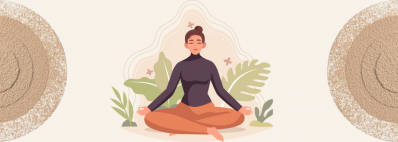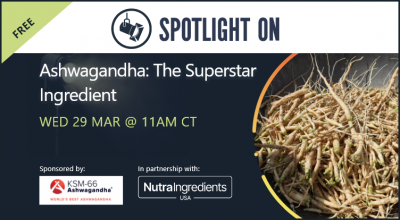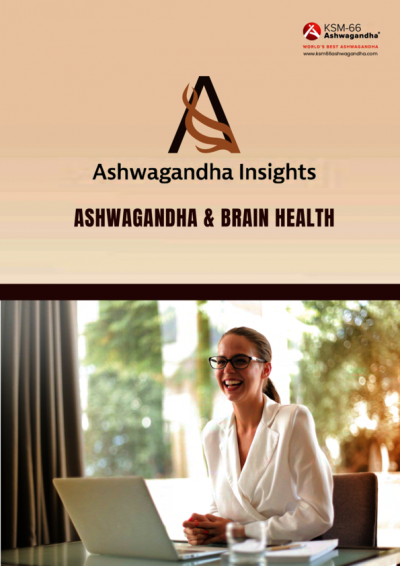Promotional Features
Let Herbs be Herbs, Not Drugs: Reminding Ourselves of Why Consumers Want Natural Ingredients
There is an increasing trend, disturbing to many, where some manufacturers are trying to push practitioners to evaluate herbal ingredients by criteria applied to single-molecule drugs or pharmaceuticals. Why is this disturbing to many? Because evaluating botanical ingredients as drugs defeats the primary reason why consumers and natural-remedy practitioners seek out herbal ingredients in the first place, which is that they want ingredients the way Mother Nature created them, co-evolving with human beings over millennia and harmoniously supporting human health. Natural ingredients have been sought out as an alternative to drugs out of the concern that drugs are often synthesized compounds not seen in nature and do not have comparable long-term histories of safety and efficacy.
The industry generally realizes this basic driver of consumer demand and the scientific reasons to prefer natural ingredients and full-spectrum extracts. For this reason, typically when a new botanical category is created, the category is often dominated by such whole full-spectrum ingredients. However, as the category becomes mature and competitive, there is pressure on the newer suppliers to push sales by claiming advantages. Unfortunately, often the claimed advantages are largely marketing hype that distracts from the basics of what the industry is trying to deliver to its consumer base. One instance of this is where, as already pointed out above, some manufacturers try to push practitioners to evaluate herbal ingredients by criteria applied to single-molecule drugs or pharmaceuticals, the most notable such criterion being the very high concentration of a certain specific set of molecules or chemicals.
Concentrating herbs into specific molecules and talking as though those molecules are the most important thing is disturbing to many. This trend manifests itself in ingredient suppliers trying to push their ingredients with superlative marketing claims on the concentration or "potency" levels of those molecules or on the "bioavailability" of those specific molecules. The reason this trend is disturbing to many is that it undermines the core principles that drive people to seek out herbal ingredients in the first place and risks diverting the industry's focus from its fundamental mission. Consider the following reasons why consumers may be wary about ingredient forms that concentrate high on specific molecules:
* Distortion of natural essence: Herbal ingredients are valued for their form as they emerged in nature, with a combination of various naturally-occurring compounds working synergistically. By emphasizing on the very high concentration of specific molecules or chemicals, this approach distorts the true essence of these natural remedies, potentially leading to a diminished therapeutic effect.
* Mismatch with Traditional Use: Traditional use of herbal remedies is often based on the understanding that the effectiveness and safety of these ingredients stem from their natural composition. Consumers and natural-remedy practitioners seek out herbal ingredients as an alternative to synthetic drugs due to concerns about the safety and compatibility of synthesized compounds with the human body. When manufacturers fall into the practice of evaluating botanical ingredients using criteria designed for single-molecule drugs, they may unwittingly disregard the traditional knowledge that has guided the use of these remedies for centuries.
Confusion and Distraction in the Ashwagandha Marketing
Ashwagandha serves as a strong case study of exactly this kind of marketing confusion and hype created by newer ingredient makers seeking a foothold. Ashwagandha, also known as Withania somnifera, has been utilized in traditional medicine for thousands of years. Importantly, it is only the root of this plant and root extracts that have been used traditionally and documented extensively for the wide-ranging efficacy in promoting health and well-being. The root's unique ratio of bioactive compounds is believed to contribute to its diverse health-enhancing properties.
However, as the demand for Ashwagandha root supplements has grown, some ingredient makers have resorted to making marketing claims on the basis of inflated levels of certain molecules like withanolides, extracting withanolides from other parts of the plant like the leaves which are undesirable for several reasons. Further, these ingredient makers claim higher "bioavailability" of these molecules which may not even be the ultimate drivers of efficacy of the herb. While withanolides may indeed be important phytochemicals found in the root, it is vital to understand that they are likely just one piece of the complex mix that makes Ashwagandha effective. Therefore, a very high presence of those molecules in the body may not necessarily lead to greater effectiveness of the ingredient. Moreover, withanolides found in the root are not necessarily the same as the withanolides found in other parts of the plant like the leaves. The important point to note here is that inflating specific molecules like the withanolides to very high levels and that too extracted from the leaves do not necessarily lead to an end-product that is equivalent to the ashwagandha root consumable that has been used for centuries.
Perhaps for some of these many concerns, the Government of India recently released an Advisory advocating for the utilization of Ashwagandha roots alone and advising manufacturers to refrain from using Ashwagandha leaves. A major motivation for this Advisory appears to be the lack of long-term safety and efficacy data on the ashwagandha leaves to the degree comparable to what we have for the ashwagandha root.
All this is to caution us about the importance of preserving natural ingredients as they are and not concentrating them into specific molecules like drugs. We need to be wary about marketing hype that lead us down a faulty path acting as though focusing on high levels of withanolides, and that too from non-standard parts of the plant like leaves, will produce effects on the human body with the same degree of safety and efficacy as the long-established ashwagandha root extracts.







